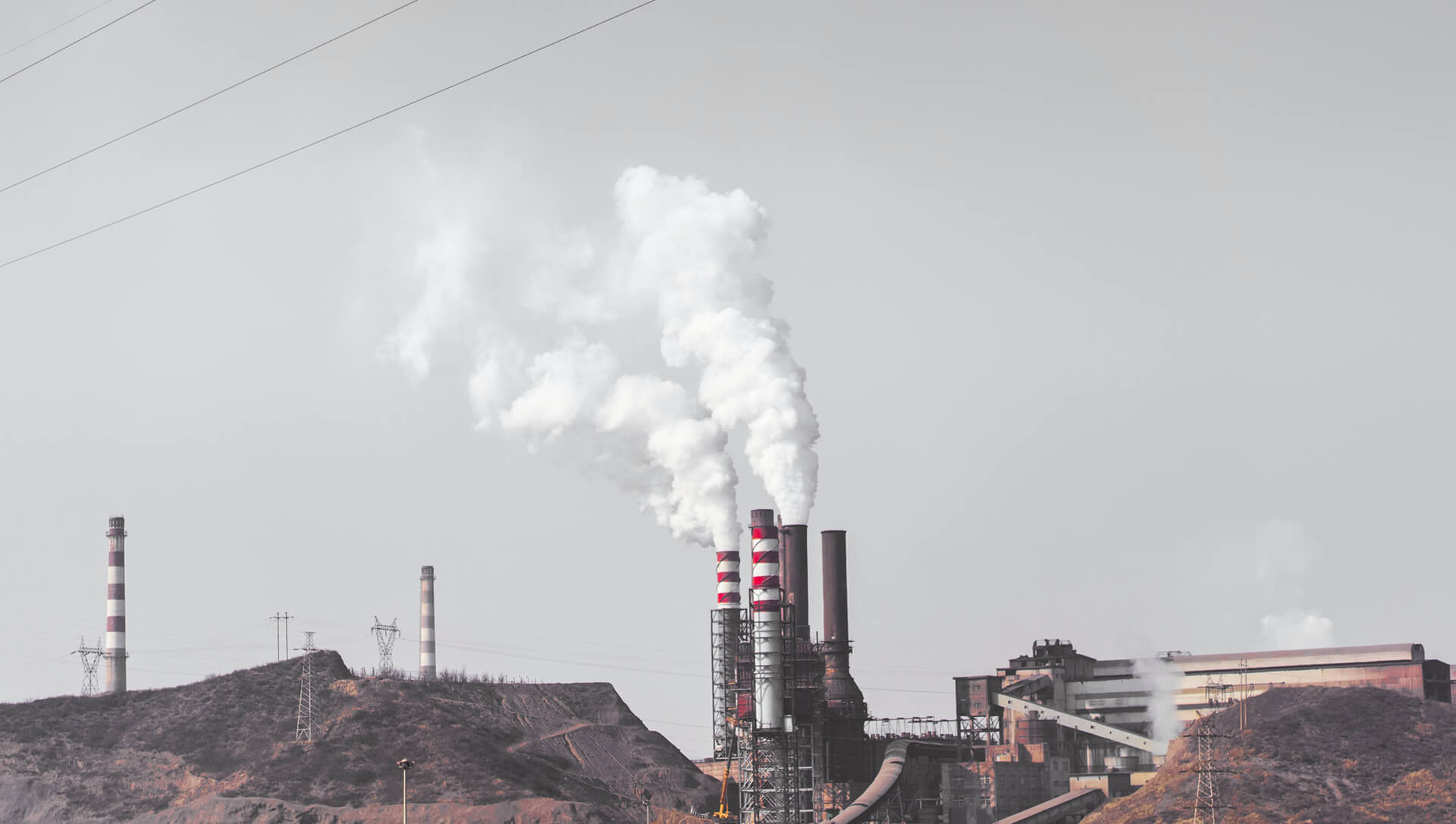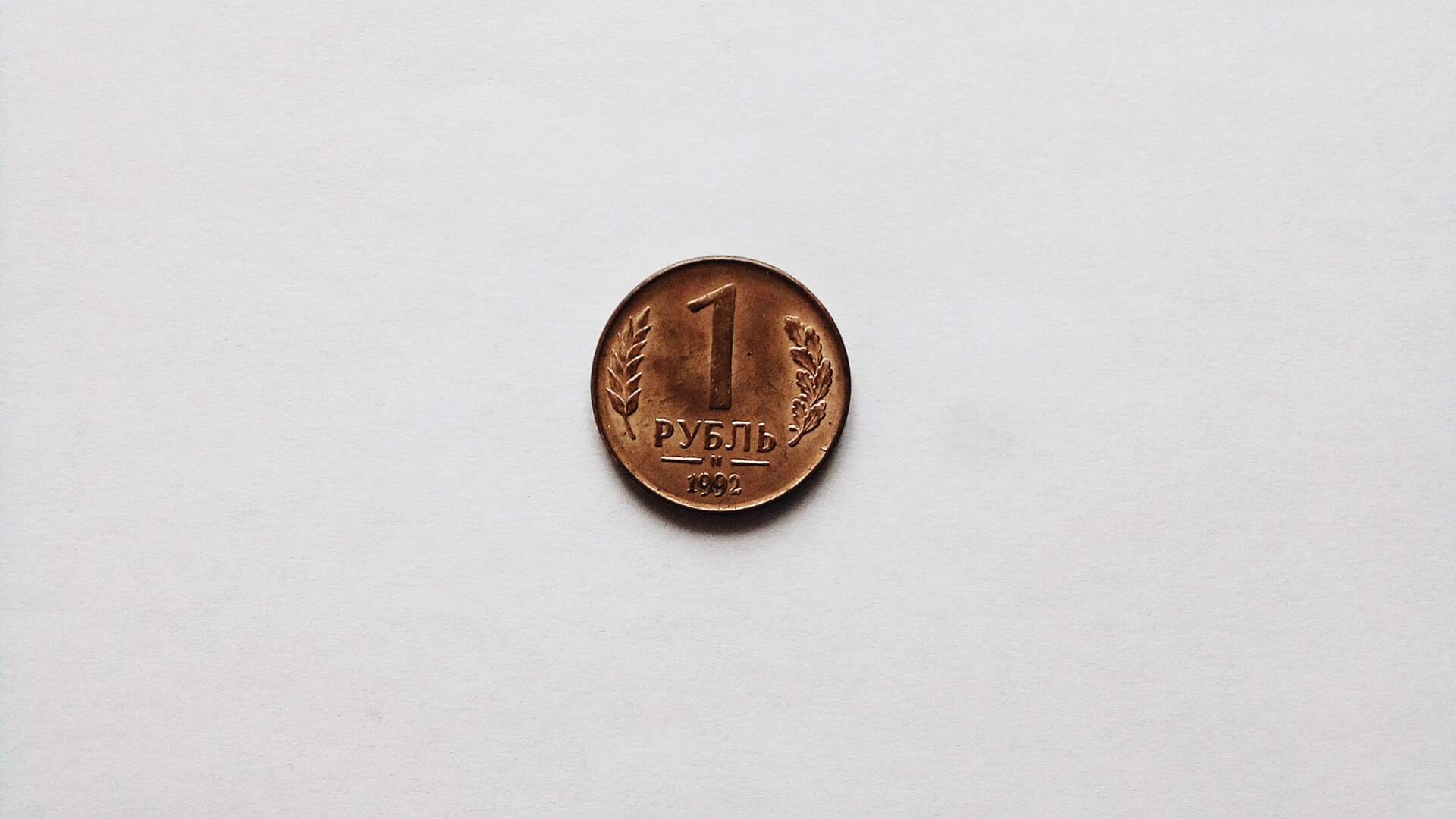Parts of my work are, from my point of view, easy. I’ve always found reading a map to tease out military and economic potentials and trends to be equal parts engaging and…relaxing. Demographics? That’s just math. We know exactly how many 30-year-olds we’ll have in 2050 because they’ve already all been born.
The hard part is timing. It’s one thing for me to use geography and demography to forecast the rise and fall of nations. It is quite another to say if said rise or fall will happen next decade, next year, or next Tuesday. We may find the future to be fascinating, but we all live in the now. That makes books a clean fit for me. From the day a book contract is signed, it is over a year before product hits the shelves. The gap between the final draft going to the printer – which for my new book, The End of the World Is Just the Beginning, is TODAY!!! – to the release date is still nine weeks. The very format of books means I don’t need to dwell on tactical timing and can instead elucidate on the biggest of big sky issues.
EotW is a bit different from my previous books. This time, the focus is on what the economy looks like once we breach the horizon. The problem, unfortunately, is that the Ukraine War is hurtling us towards that horizon with screaming speed. Right now, we are living the transition from the here-and-now to the world detailed in EotW.
Which means my work of late has been less about mapping the future, and instead about providing some signposts for the road to that future. To that end we already have hosted a pair of seminars on the impact of the Ukraine War upon energy and agriculture. (Recordings remain available for purchase.) We now announce our third in this open-ended seminar series, the Ukraine War: Industrial Materials Edition, scheduled for April 5 at 1p Eastern / 9a Pacific. Just as Russia and Ukraine are central to all things oil and natural gas and wheat and fertilizer, so too are they central to all things steel and aluminum and copper and palladium and uranium. As always, after the presentation we’ll do our best to answer everyone’s questions.
REGISTER FOR “THE UKRAINE WAR: INDUSTRIAL MATERIALS EDITION
Can’t make it to the live webinar? No problem! All paid registrants will be sent a link to access the recording of the webinar and Q&A session, as well as a copy of presentation materials, after the live webinar concludes.
Here at Zeihan On Geopolitics we select a single charity to sponsor. We have two criteria:
First, we look across the world and use our skill sets to identify where the needs are most acute. Second, we look for an institution with preexisting networks for both materials gathering and aid distribution. That way we know every cent of our donation is not simply going directly to where help is needed most, but our donations serve as a force multiplier for a system already in existence. Then we give what we can.
Today, our chosen charity is a group called Medshare, which provides emergency medical services to communities in need, with a very heavy emphasis on locations facing acute crises. Medshare operates right in the thick of it. Until future notice, every cent we earn from every book we sell in every format through every retailer is going to Medshare’s Ukraine fund.
And then there’s you.
Our newsletters and videologues are not only free, they will always be free. We also will never share your contact information with anyone. All we ask is that if you find one of our releases in any way useful, that you make a donation to Medshare. Over one third of Ukraine’s pre-war population has either been forced from their homes, kidnapped and shipped to Russia, or is trying to survive in occupied lands. This is our way to help who we can. Please, join us.











